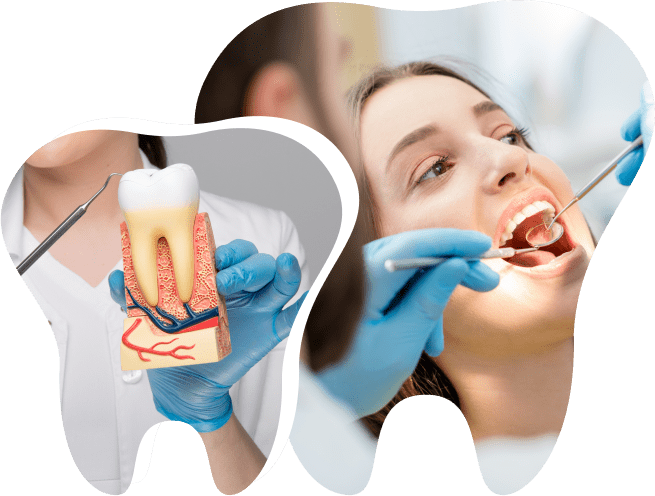

Provide treatment for
urgent health issues.
Analyzes samples to
diagnose diseases.
Trained professionals licensed
to provide medical care.
Provides assistance or care
available at all times

Global Dentistry is a modern, hi-tech and ISO certified chain of multi-specialty dental clinics in Amravati, India. Our Focus is to provide quality and comfortable dental care services to all patients based in Amravati or from abroad. Headed by Dr. Satish Gupta, Global Dentistry has a team of super specialists that is dedicated towards delivering all dental treatments under one roof. Our dentists believe strongly in preventive dental care and encourage & educate our patients to do the same.
We have listed the most popular dental treatments for you to get a general idea. But get in touch with us with your specific needs and we will help you find the best and most affordable solution.
Happy Patients
Total Patients
Years
Service Points

The treatments can be used to straighten, lighten, reshape and repair teeth. Cosmetic treatments include veneers, crowns, bridges, tooth-coloured fillings, etc.
Root canal is a treatment to repair and save a badly damaged or infected tooth instead of removing it. The procedure involves removing the damaged area of the tooth (the pulp) and cleaning and disinfecting it, then filling and sealing it. The common causes affecting the pulp are a cracked tooth, a deep cavity, repeated dental treatment to the tooth or trauma to it. The term "root canal" comes from cleaning of the canals inside the tooth's root. Decades ago, root canal treatments were painful. With dental advances and local anesthetics, most people have little if any pain with a root canal today.